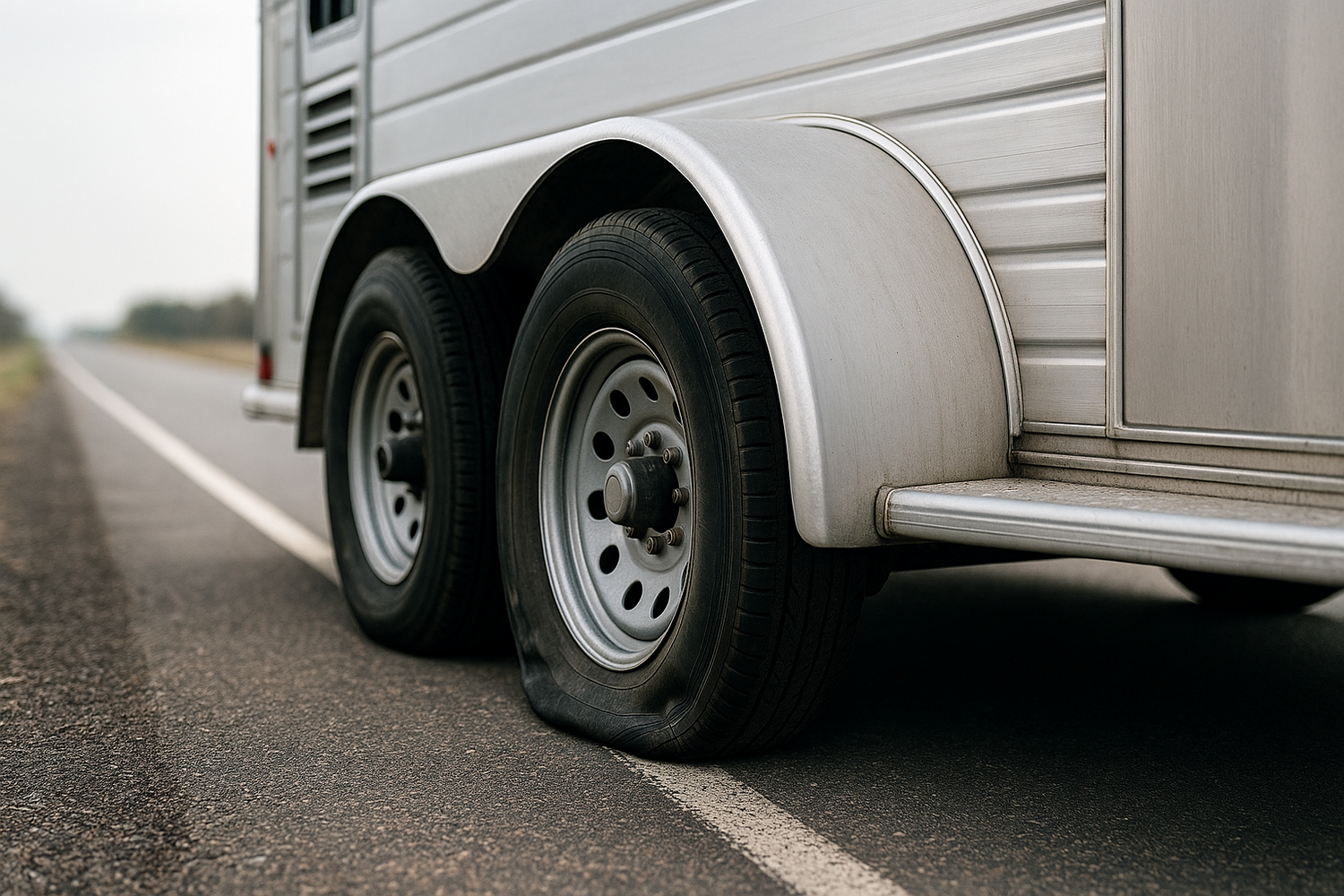Maintaining optimal tire pressure is crucial for every driver, yet many underestimate its significance. Using a tire pressure monitor can dramatically enhance vehicle safety and performance. A tire pressure monitor provides real-time data about the air pressure in your tires, allowing you to make informed decisions before hitting the road.
Proper tire pressure not only ensures safer handling but also improves fuel efficiency. When tires are under-inflated, rolling resistance increases, leading to higher fuel consumption. According to the U.S. Department of Energy, keeping tires properly inflated can improve gas mileage by up to 3.3%.
Moreover, driving on improperly inflated tires can lead to premature wear and tear, which reduces tire lifespan. This not only results in increased costs for replacements but also contributes to environmental waste. By regularly monitoring tire pressure, drivers can save money and contribute to sustainability.
In addition, a tire pressure monitor can alert you to potential problems before they escalate into catastrophic failures, such as blowouts. This technology provides peace of mind for drivers, ensuring that their journeys are safer and more enjoyable.
Tow with peace of mind, knowing that trailerwatchdog is standing guard. Explore how our monitoring system can turn any trailer into a smart trailer, enhancing your towing experience.
How Tire Pressure Monitors Work Effectively

Tire pressure monitors operate through a combination of sensors and technology designed to provide real-time data regarding your tire's air pressure. The system typically includes pressure sensors that are installed either within the tire or on the valve stem. These sensors constantly measure the air pressure inside the tire and transmit this information to a central receiver located in the vehicle's dashboard.
There are two primary types of tire pressure monitoring systems: Direct TPMS and Indirect TPMS. Direct TPMS uses sensors within each tire to measure the exact pressure and send this data directly to the vehicle's monitoring system. It provides precise readings and alerts the driver when pressure falls below a certain threshold.
On the other hand, Indirect TPMS estimates tire pressure based on wheel speed sensors. This system compares the rotational speed of the tires to determine if any tire is under-inflated. While it is less accurate than the direct method, it still serves as a valuable warning system for drivers.
Once the tire pressure data is collected, the system relays this information to the driver via visual alerts or notifications on the dashboard. Some advanced systems even provide alerts to a smartphone app, allowing drivers to check their tire pressure remotely. This immediacy ensures that any issues can be addressed promptly, enhancing overall safety on the road.
Key Benefits of Regular Tire Pressure Checks

Regular tire pressure checks are essential for maintaining optimal vehicle performance and safety. Here are some of the key benefits that come with making tire pressure monitoring a habit:
- Enhanced Safety: Proper tire pressure reduces the risk of blowouts and improves vehicle stability, ensuring safer handling during drives.
- Improved Fuel Efficiency: Maintaining correct tire pressure can enhance fuel efficiency. Under-inflated tires create more rolling resistance, leading to higher fuel consumption. By keeping tires inflated to the recommended pressure, drivers can save money at the pump.
- Extended Tire Life: Regular monitoring prevents uneven tire wear caused by improper inflation. This can ultimately lead to longer-lasting tires and reduced replacement costs.
- Better Performance: Tires filled to the correct pressure improve traction, handling, and braking, resulting in a more responsive and enjoyable driving experience.
- Environmental Impact: Efficient fuel consumption translates to lower carbon emissions, contributing to a more sustainable driving practice.
Incorporating tire pressure checks into your regular vehicle maintenance routine not only optimizes performance but also promotes safety and environmental responsibility.
Tips for Using a Tire Pressure Monitor Correctly

Using a tire pressure monitor (TPM) correctly is crucial for maximizing its benefits. Here are some practical tips to ensure you get the most out of your TPM:
- Check Regularly: Make it a habit to check your tire pressure at least once a month and before long trips. This helps in identifying any slow leaks early.
- Know the Recommended Pressure: Familiarize yourself with the manufacturer’s recommended tire pressure, which can usually be found on a sticker inside the driver’s door or in the owner’s manual.
- Monitor Temperature Changes: Be aware that temperature fluctuations can affect tire pressure. A drop in temperature can lead to lower tire pressure, so adjustments may be necessary as seasons change.
- Use the TPM Alerts: Pay attention to the alerts and warnings from your TPM. If it indicates low pressure, inspect your tires immediately to avoid potential issues.
- Calibrate When Necessary: Ensure that your TPM is calibrated according to the manufacturer’s instructions. An improperly calibrated monitor may not provide accurate readings.
By following these essential tips, you can ensure that your tire pressure monitor works effectively, enhancing your vehicle's safety and performance.
Common Mistakes to Avoid with Tire Pressure Monitoring

While using a tire pressure monitor can significantly enhance safety and performance, there are common mistakes that drivers often make. Avoiding these pitfalls will ensure that you benefit fully from your TPM:
- Ignoring the TPM Alerts: One of the most frequent mistakes is dismissing the alerts from the tire pressure monitor. These warnings are designed to notify you of potential issues; ignoring them can lead to dangerous situations.
- Overinflating Tires: Some drivers believe that higher tire pressure improves fuel efficiency. However, overinflating tires can lead to uneven wear and decrease traction, compromising safety.
- Not Performing Regular Checks: Relying solely on the TPM can be a mistake. Regular manual checks, especially before long trips, are essential to catch any discrepancies that the monitor may miss.
- Neglecting to Update the System: Failing to update or calibrate your TPM can result in inaccurate readings. Ensure you follow the manufacturer's instructions for maintaining the system.
- Using Incorrect Pressure Units: Be mindful of the units your TPM uses—PSI or bar. Confusing these can lead to improper inflation.
By steering clear of these common errors, you can enhance the effectiveness of your tire pressure monitoring system and contribute to a safer driving experience.
Maintaining Tire Health with Monitoring Systems
Maintaining tire health is crucial for ensuring not only vehicle safety but also optimal performance and fuel efficiency. A tire monitoring system plays a vital role in this maintenance routine. By continuously tracking tire pressure and temperature, these systems can help you identify potential issues before they escalate into serious problems.
Here are some effective strategies for maintaining tire health using monitoring systems:
- Regular Monitoring: Check the tire pressure readings provided by your monitoring system regularly. This habit helps you maintain optimal pressure, which is vital for tire longevity and performance.
- Temperature Awareness: Keep an eye on tire temperatures as indicated by your system. Elevated temperatures can signal problems such as under-inflation or excessive load, which can lead to tire failure.
- Prompt Response: When your monitoring system alerts you to irregularities, respond immediately. Addressing issues such as low pressure or high temperature can prevent blowouts and extend the life of your tires.
- Seasonal Adjustments: Adjust tire pressure based on seasonal changes. Temperature fluctuations can affect tire pressure, so ensure your monitoring system is set to alert you when adjustments are necessary.
By integrating a tire monitoring system into your vehicle maintenance routine, you can proactively manage tire health and ensure safer journeys ahead. Tow with peace of mind, knowing that trailerwatchdog is standing guard.








